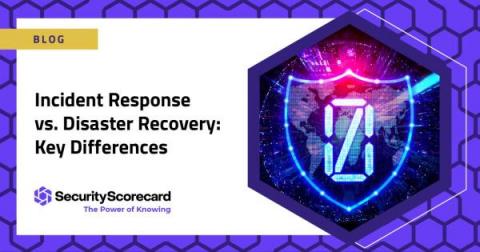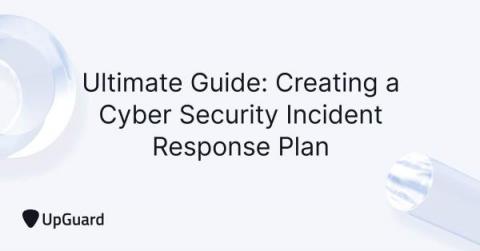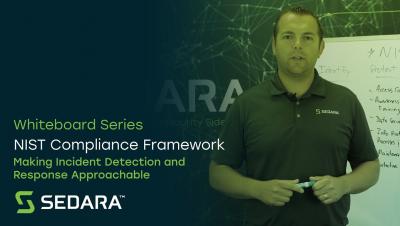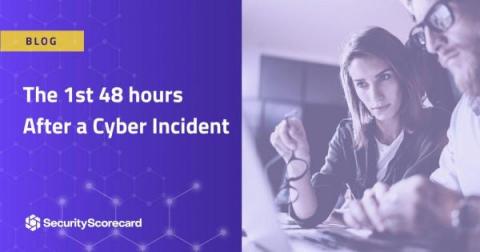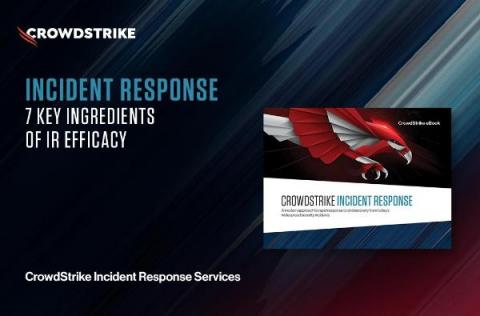Incident Response vs. Disaster Recovery: Key Differences
As cybercrimes and security breaches become more sophisticated, data protection strategies have become more important to business survival. A critical element in an organization’s ability to effectively handle these incidents is to reduce downtime and minimize damage. This is where an effective incident response and disaster recovery plan comes into play.


